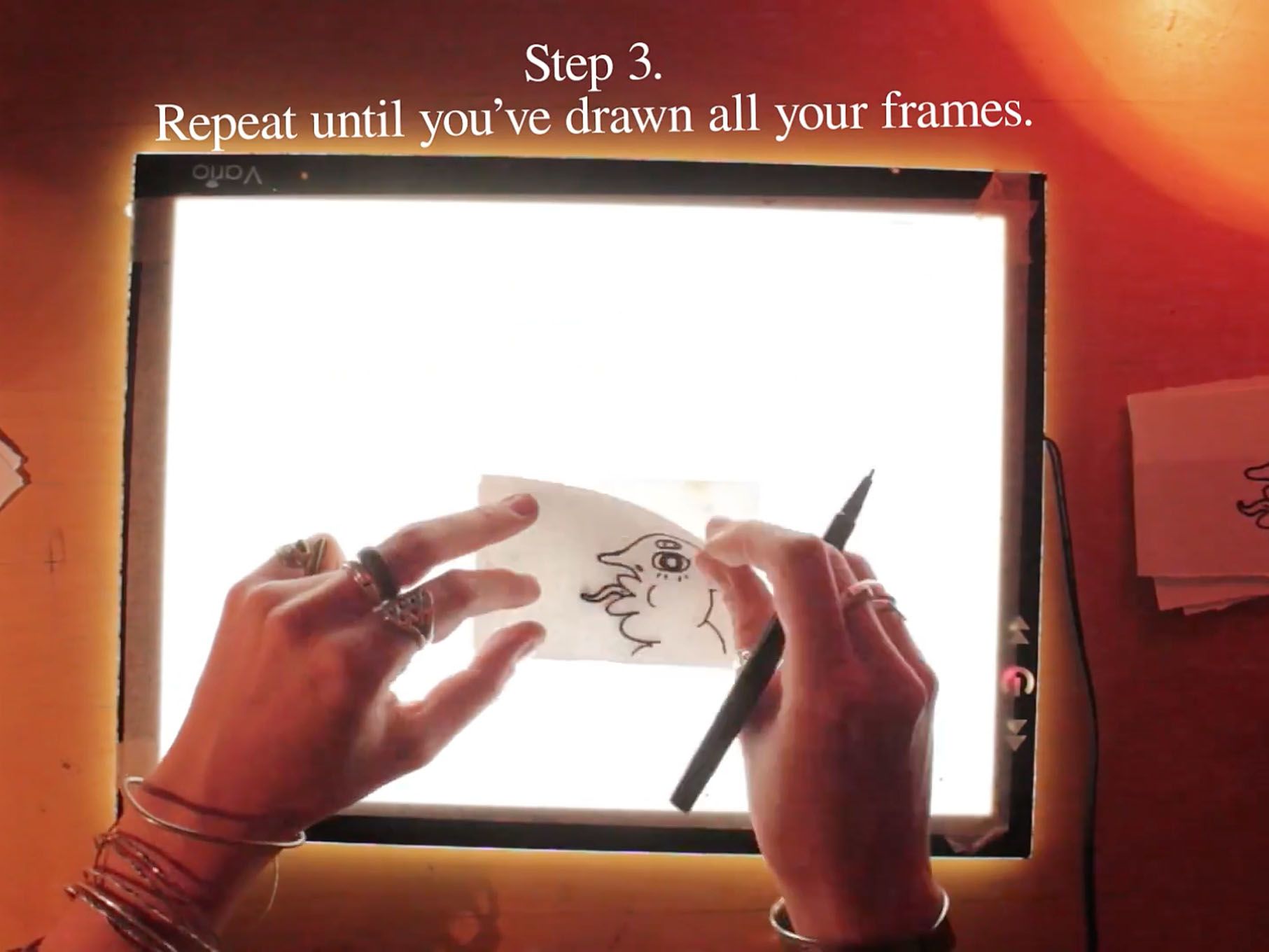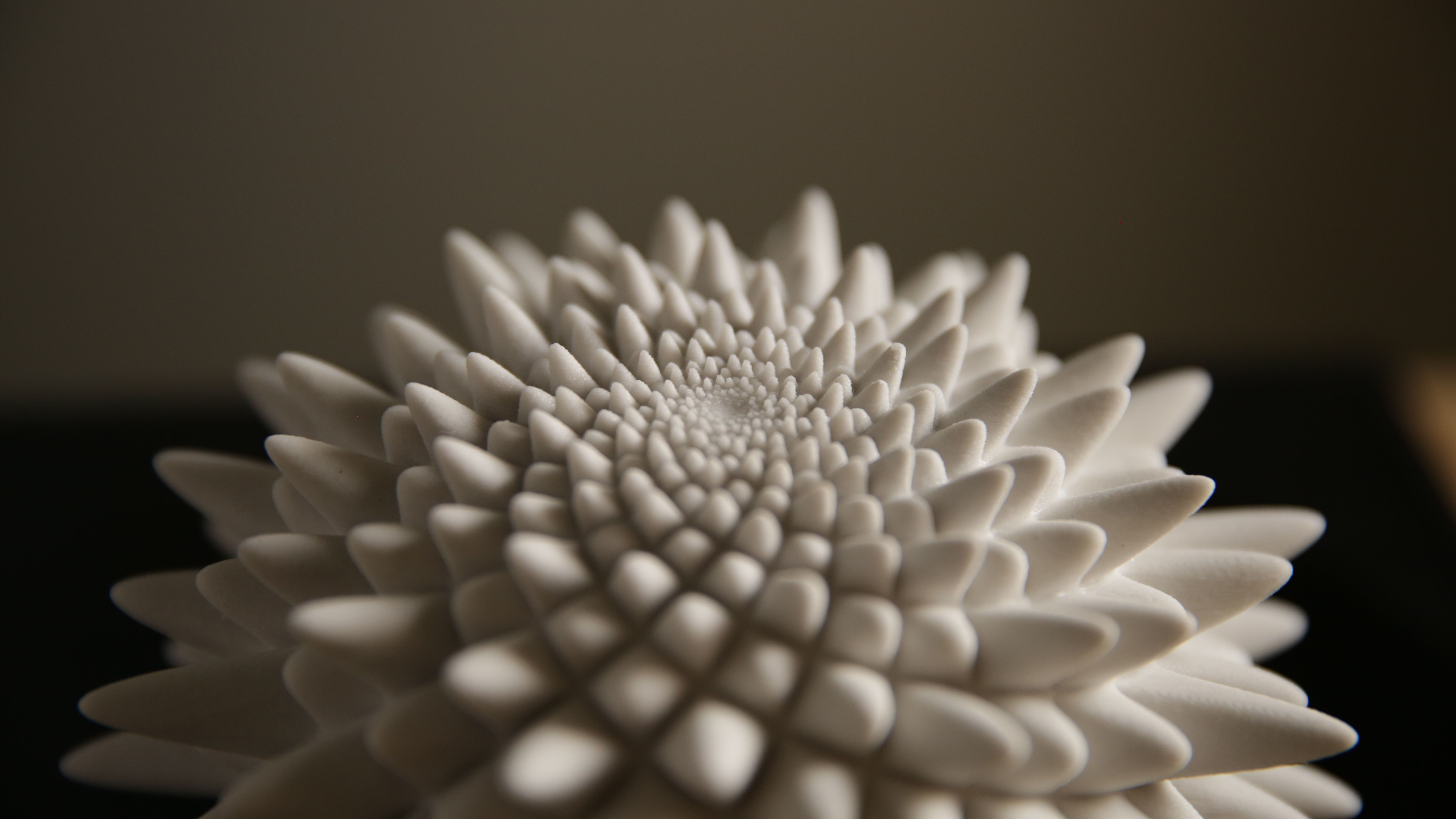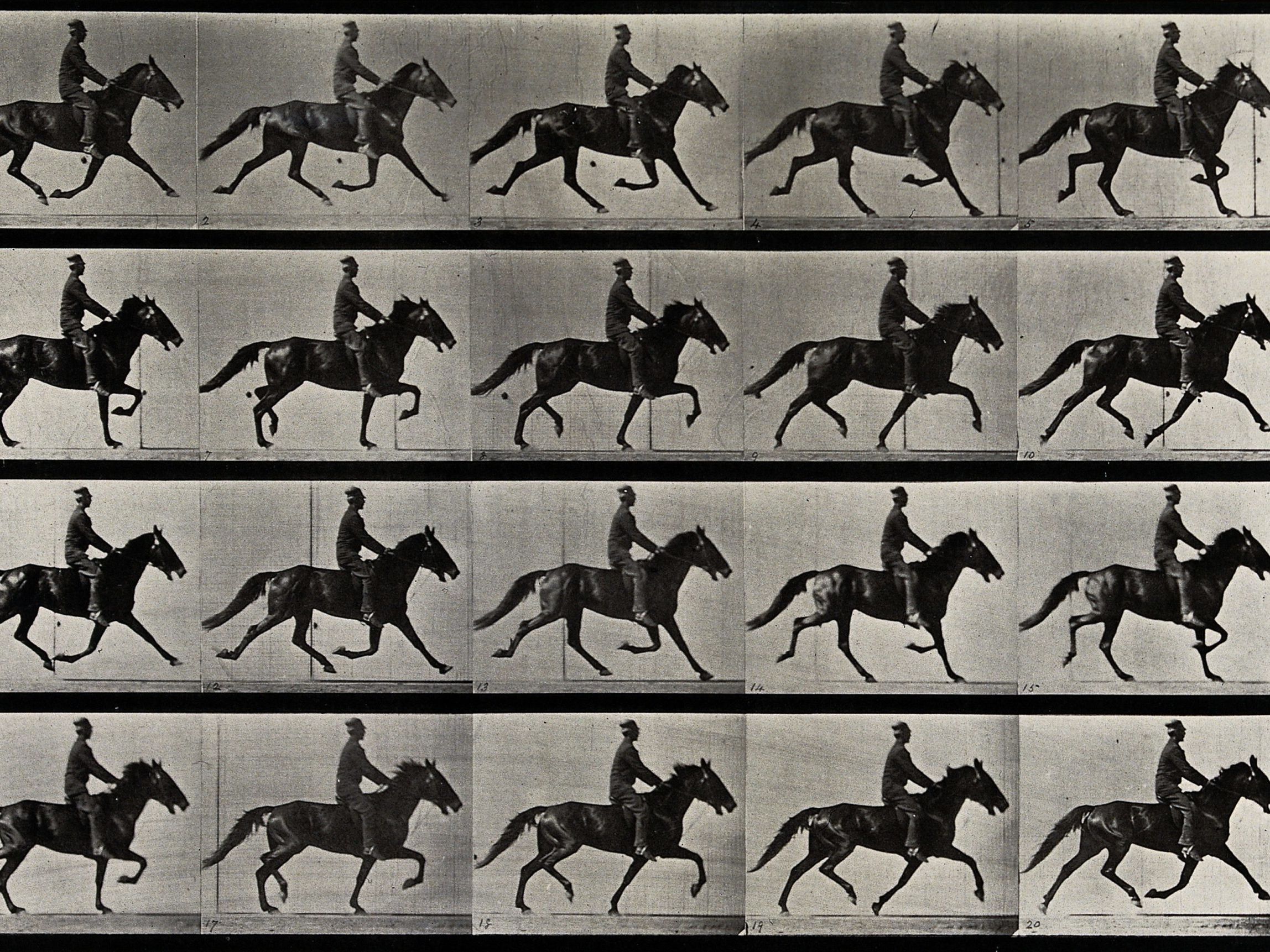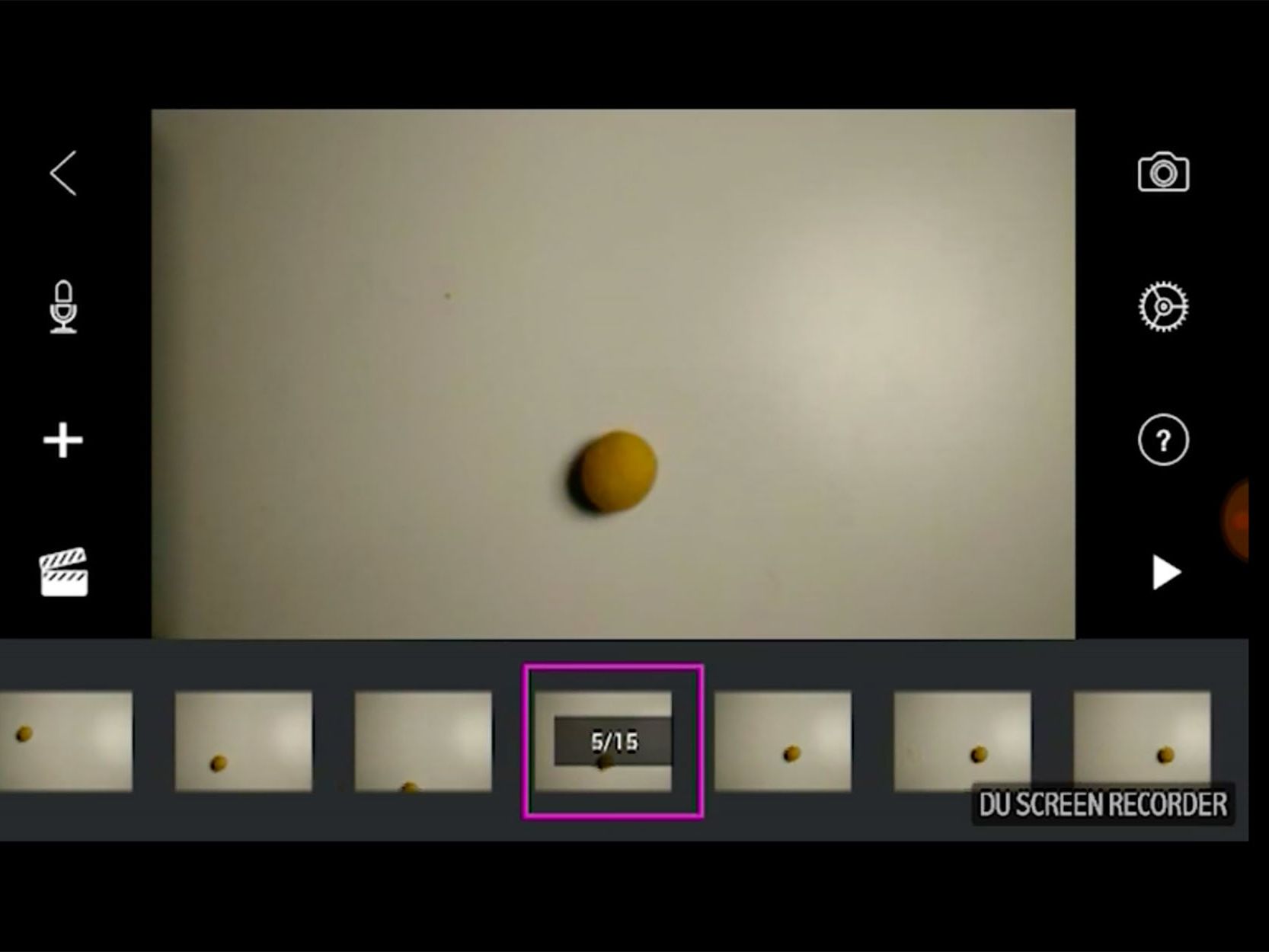
Techniques: Flip books
Looking for animation techniques that you can try out quickly at home? Animation technican Dominica shows us how to make flipbooks.


John Edmark is an artist, designer, inventor and educator and teaches at Stanford University. He developed ‘Blooms’ a series of animations during the Pier 9 Artist in Residence program in America hosted by Autodesk.
When you look at these incredible shapes moving round and round in a circle, continuously growing from within – you feel hypnotized by their smooth motion. These kinetic sculptures look like they are flowers of some exotic plant, but in fact they are a 3-D printed model designed to imitate nature’s natural growth patterns. Blooms were digitally modelled using Python programming (scripting) for Rhino software and designed to animate when spun under a strobe light.
Blooms
To learn more about how the ‘Blooms’ were made, check out John’s article that explains all the technicalities of the process.
You can also see the development on this project in his second ‘Blooms’ video made by John in 2017.
This animation technique is similar to what we see in one of the first kinetic animation devices dating back to 19th century – the zoetropes. But unlike a 3D zoetrope, which animates a sequence of small changes to objects, a bloom animates as a single self-contained sculpture.
It might seem strange, but these sculptures are not at all unique in their design. When modelling them, John borrowed the information from nature itself. He used the golden angle (137.5º) and the Fibonacci spiral. Both of these things can be observed in a number of botanical forms with specific phyllotaxy (i.e. leaf order), like sunflowers, artichokes, palm trees, and many succulent plants. The rotational speed and strobe rate of the bloom are synchronised to achieve the animation effect.

Looking for animation techniques that you can try out quickly at home? Animation technican Dominica shows us how to make flipbooks.

Animation technican Dominica introduces you to some innovative projects that use traditional animation techniques.

Want to know how to make stop motion animations on your phone? Watch Avni's demo.